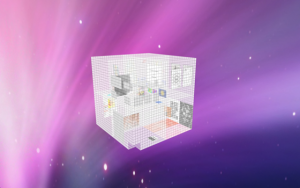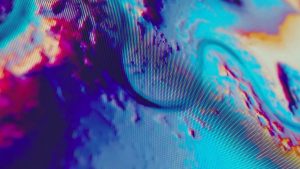sketch
/*
Yingying Yan
Section E
yingyiny@andrew.cmu.edu
Project-04
*/
var x; //x1 of the line
var y; //y1 of the line
var x2; //x2 of the line
var y2; // y2 of the line
function setup() {
createCanvas(400, 300);
background(0);
}
function draw() {
//bottom right curve
for( var a = 0; a < 10; a += .03){
push();
//assign color n weight
stroke(255,255,161);
strokeWeight(0.003);
//draw from bottom left corner to top right corner
x = lerp(0, width, a);
y = height;
x2 = width;
y2 =lerp(height,0,a);
line(x, y, x2, y2);
pop();
}
//bottom left curve
for( var b = 0; b < 30; b += .03){
push();
stroke(250,170,113);
strokeWeight(0.003);
//draw from top left corner to bottom right corner
x = 0
y = lerp(0, height, b)
x2 = lerp(0, width, b);
y2 = height;
line(x, y, x2, y2);
pop();
}
//background curve from bottom left corner to top right corner
for(var e = 0; e < 10; e += 0.04){
push();
stroke(255, 244, 200);
strokeWeight(0.001);
//just testing what it looks like if all var are lerp
x = lerp(0, width / 4, e);
y = lerp(height, 3 * height / 4, e);
x2 = lerp(3 * width / 4, width, e);
y2 = lerp(0, height / 4, e);
line(x, y, x2, y2);
pop();
}
//draw the lighting from one point
for ( var c = 0; c < 200; c += 10 ){
push();
stroke(236, 138,82);
strokeWeight(0.09);
// the space and height of the end of the lines
//change consistently with + and -
var x = width - c
var y = height/ 2 + c
line(0, 0, x, y)
pop();
}
//draw the green lighting from a point
//the spread of the lines froms a curve
for (var d = 0; d < 30; d += 1){
push();
stroke(133,152,221);
strokeWeight(0.003);
//by using exponential function, the end of the lines
//do not have to be a straight cut
var x = Math.pow( d, 2);
var y = height/ 2 + Math.pow(d,2);
line( 3 * width / 4, 0, x, y)
pop();
}
}
I think it was very interesting testing out lerp. Playing around with line weight and color to create a foreground and background composition was fun. Although I did not carry that all the way. I did not aim to draw a certain image. I was deciding where the curves will be as the project develops. That’s why the composition is weird. If I would have to this again, I think I will try to sketch something first, then draw it.

![[OLD FALL 2018] 15-104 • Introduction to Computing for Creative Practice](../../../../wp-content/uploads/2020/08/stop-banner.png)

